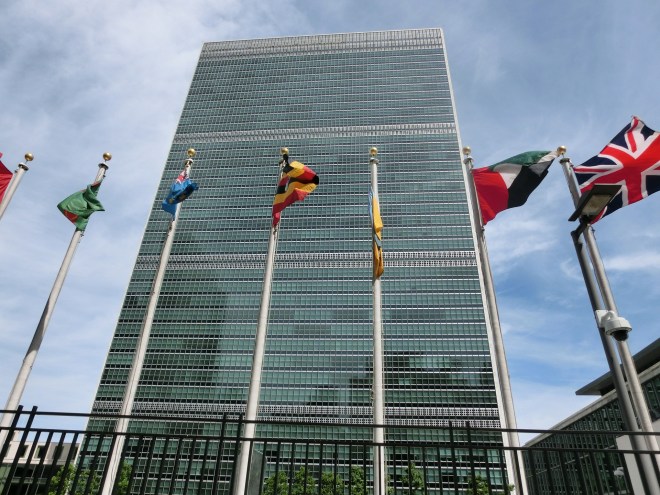
In giving evidence to the Public Accounts Committee (PAC) on Cybersecurity in the UK Sir Mark Sedwill (Cabinet Secretary, Head of the UK Civil Service and UK National Security Advisor) asserted, “the law of the sea 200 years ago is not a bad parallel” for the “big international question” of cyberspace governance today (see Public Accounts Committee Oral evidence: Cyber Security in the UK, HC 1745 [1st April 2019] Q93).
In making this assertion Sir Mark may have had in mind articles such as Dr. Florian Egloff’s Cybersecurity and the Age of Privateering: A Historical Analogy in which the author asserted: 1. “Cyber actors are comparable to the actors of maritime warfare in the sixteenth and seventeenth centuries. 2. The militarisation of cyberspace resembles the situation in the sixteenth century, when states transitioned from a reliance on privateers to dependence on professional navies. 3. As with privateering, the use of non-state actors by states in cyberspace has produced unintended harmful consequences; the emergence of a regime against privateering provides potentially fruitful lessons for international cooperation and the management of these consequences.”

In our IP Wales Guide on Cyber Defence we note: “Since 2004, a UN Group of Governmental Experts (UN GEE) has sought to expedite international norms and regulations to create confidence and security-building measures between member states in cyberspace. In a first major breakthrough, the GGE in 2013 agreed that international law and the UN Charter is applicable to state activity in cyberspace. Two years later, a consensus report outlined four voluntary peace time norms for state conduct in cyberspace: states should not interfere with each other’s critical infrastructure, should not target each other’s emergency services, should assist other states in the forensics of cyberattacks, and states are responsible for operations originating from within their territory.
The latest 2016-17 round of deliberations ended in the stalling of the UN GGE process as its members could not agree on draft paragraph 34, which details how exactly certain international law applies to a states’ use of information and communications technology. While the U.S.A. pushed for detailing international humanitarian law, the right of self-defence, and the law of state responsibility (including the countermeasures applying to cyber operations), other participants, like China and Russia, contended it was premature.”
Indeed China has gone further and condemned the U.S.A. for trying to apply double standards to the issue, in light of public disclosures of spying by their own National Security Agency (NSA).

Sir Mark went on to reveal that because cyberspace governance is being only partly addressed through the UN, “we are looking at coalitions of the willing, such as the OECD and some other countries that have similar systems to ours, to try to approach this.”
Evidence of this strategy in operation can be seen at Ministerial Council Meeting of the Organisation for Economic Co-ordination and Development (OECD) on the 22nd May 2019 when 42 countries adopted five value-based principles on artificial intelligence (AI), including AI systems “must function in a robust, secure and safe way throughout their life cycles and potential risks should be continually assessed and managed.”
The recently created UK National Cyber Security Centre (NCSC) has sought to give substance to this principle through offering new guidance on cybersecurity design principles. These principles are divided into five categories, loosely aligned with the stages at which a cyberattack can be mitigated: 1. “Establishing the context. All the elements that compose a system should be determined, so the defensive measures will have no blind spots. 2. Making compromise difficult. An attacker can target only the parts of a system they can reach. Therefore, the system should be made as difficult to penetrate as possible. 3. Making disruption difficult. The system should be designed so that it is resilient to denial of service attacks and usage spikes. 4. Making compromise detection easier. The system should be designed so suspicious activity can be spotted as it happens and the necessary action taken. 5. Reducing the impact of compromise. If an attacker succeeds in gaining a foothold, they will then move to exploit the system. This should be made as difficult as possible.”
Alec Ross (Senior Advisor for Innovation to Hillary Clinton as U.S. Secretary of State) warns that, “small businesses cannot pay for the type of expensive cybersecurity protection that governments and major corporations can (afford)” A Ross, Industries of the Future (2016). It remains to be seen to what extent cybersecurity design principles will become a financial impediment to small business engaging with AI developments in the near future.
